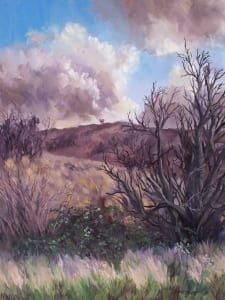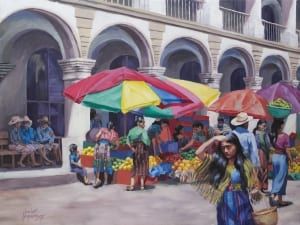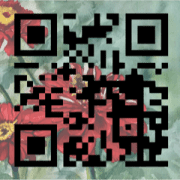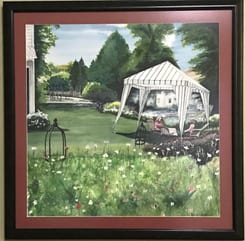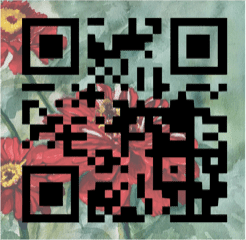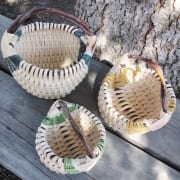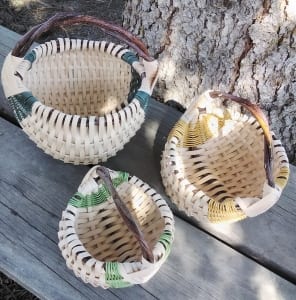Watercolor Wonder: Art by Cathy Gottschalk

A weathered old house captures a homestead moment in the Idaho countryside. Original watercolor painting by Cathy Gottschalk
They say that first impressions are lasting impressions. And while this tends to be true, it isn’t necessarily the best thing. Sometimes, many times, it’s beneficial to re-evaluate how we feel about a person, place, or thing and see if, with time and wisdom, we think differently.
Painter Cathy Gottschalk of Deary, ID, discovered this about watercolor, which, ironically, is now her preferred medium. But it didn’t start out that way:
“In high school, I had a wonderful art teacher who exposed us to all types of mediums. I played around with acrylic, oil, and pottery, just to name a few.

Quiet and peaceful, a group of Waxwing birds perches atop the branches. Resting Waxwings, original watercolor painting by Cathy Gottschalk
“But when she introduced our class to watercolor, I quickly gave up on this VERY frustrating loose medium in which the paper curled, the water ran, and the paints blended. I was completely overwhelmed.”
And yet she remained fascinated by watercolor, gravitating toward it through the years in galleries or at local fairs, wondering how it was possible for the artists to control the water and the paint.
“Many years later, at a Christmas show, I came across a display of beautiful and controlled watercolors by a well-known artist in Moscow, ID. I visited with him and learned that he taught classes as well. I was finally ready to give this medium another try. My husband contacted him and arranged for a few private lessons for my Christmas gift!”
Diving into Watercolor
That was it. She was hooked. In addition to being a more patient person at 50 than she was at 15, Gottschalk also learned what a difference high quality paint, paper, and brushes make. She dove headlong into the medium, experimenting with different brands of materials, subject matter, and technique. After her class with the professional artist, she joined the Palouse Watercolor Socius and Idaho Watercolor Society, where she continues her life-long journey of learning through interaction, collaboration, and informational critique with the artists there.

Cows have a way of communicating by simply staring at you. Mooooove Over, original watercolor painting by Cathy Gottschalk
“At the monthly Palouse Watercolor Socius meeting, we have a show and tell or a critique time before adjourning,” Gottschalk explains.
“This can be scary, informative, as well as confidence building. Another painter may see a problem area that you did not notice or your work may help inspire your friends to try a new technique. It is my favorite part of our meeting, besides the group lunch afterward.”
Gottschalk paints both in her studio and outside in plein air, and appreciates each method. One of her favorite aspects of the latter is the camaraderie with other artists as they scout for new locations, chat while working, and, of course, eat lunch together. Learning happens through face to face interaction, and different people, with different ideas, keep us out of ruts, ditches, and mental carpeted cubicles:
“Seeing what my friends in our group select to paint, most often in the same location, is fun and inspiring.”
Lighting and Weather

An inviting view complements a duo of inviting chairs in Cathy Gottschalk’s original watercolor painting, Please Have a Seat
One of the biggest challenges with plein air painting, Gottschalk adds, is the weather and the lighting. She starts painting in the morning when the colors are vivid and the shadows are long. Three hours of concentrated effort later, all the shadows have moved, the light is overhead, or the clouds have rolled in. One way or another, the landscape has changed.
“It’s usually time for lunch then, and the bees have gathered and the temperature is hot. My inspiration may have become perspiration, and it’s time to quit for the day.” She packs up and goes home, hoping her next planned excursion will have similar lighting.
Recently, Gottschalk has discovered a new source of reference material for her paintings: old family photos. She enjoys bringing old black and white images to new life by painting them in color.
“I do small sketches and experiment with colors to find the effect I’m looking for. The biggest challenge I have using these old photos is the poor quality of the photos itself.
“However, this is also a wonderful experiment in stretching my ability to improvise, to make up what I think a blurred object is.”
Challenge
Challenge: that’s what it’s all about. What frustrated her at 15 fascinates her now, and wherever she sets up her easel — in the studio, in the middle of a creek, or on her back deck overlooking her own private Idaho — Gottschalk continually experiments, learns, tries and fails, tries and succeeds, and keeps moving forward. In the near future she plans to create her own website, try out guache, play with oils, and vary her watercolor technique. She paints what makes her happy, and is gratified when what results makes others happy as well.
“As long as I’m enjoying whatever medium I’m using, then I’ll continue to produce paintings and gain more confidence as an artist.”
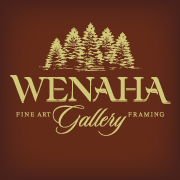 Cathy Gottschalk is the featured Art Event at Wenaha Gallery from September 21 through October 18, 2021.
Cathy Gottschalk is the featured Art Event at Wenaha Gallery from September 21 through October 18, 2021.
Contact the gallery, located at 219 East Main Street, Dayton, WA, by phone at 509.382.2124 or e-mail art@wenaha.com. Gallery hours are 9 a.m. to 5 p.m. from Monday through Friday, and by appointment. Visit the Wenaha Gallery website online at www.wenaha.com.


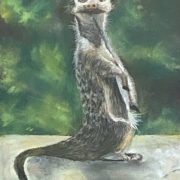 Shar Shenk
Shar Shenk
















